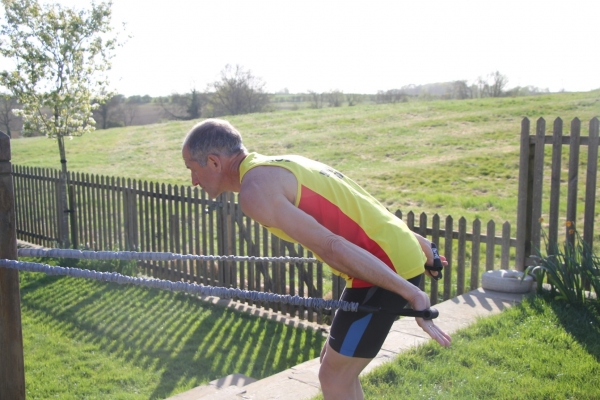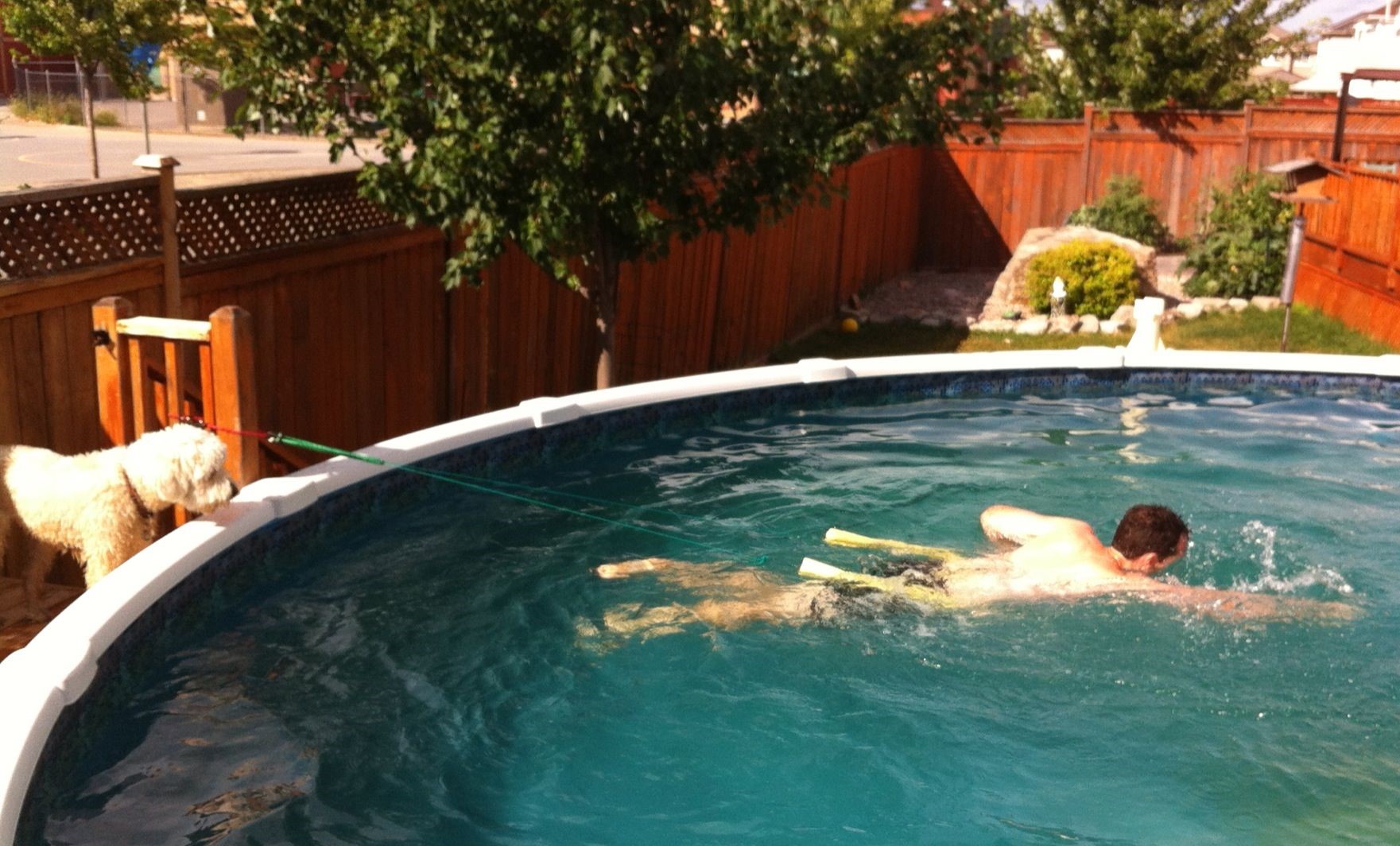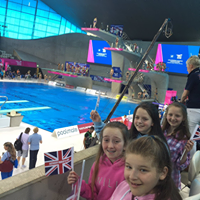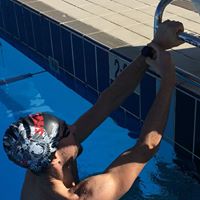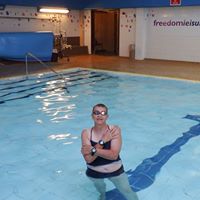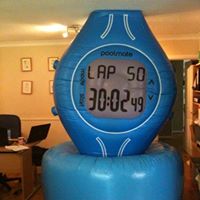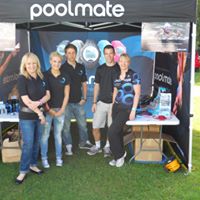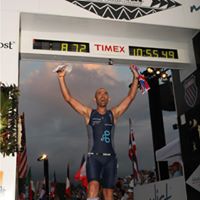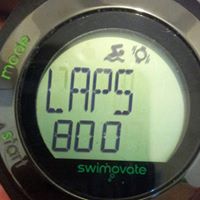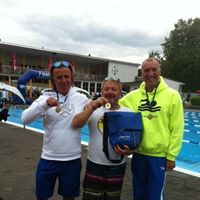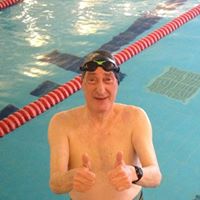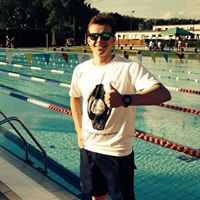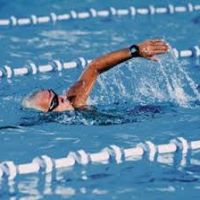Change of pace
(D) Change of pace swimmer
Total training time 26.5 minutes
Easy, Easy to moderate, Moderate, Moderate to hard effort. The resistance segment takes 2 minutes plus a welcome bonus of 30 seconds rest before repeating (2.5 mins)
The Warm up:
- 30 seconds easy effort,
- 30 seconds easy to moderate,
- 30 seconds moderate
- 30 seconds hard effort
Then move around shake out arms with loose fingers for 30 seconds (2.5 mins) repeat segment twice.
The Main set:
- 45 seconds moderate,
- 45 seconds moderate hard,
- 45 seconds hard
- repeat all again (270 seconds /4.5 minutes rest for 1 minute (5.5 minutes)
Repeat 3 segments (16.5 minutes)
The Cool down: 5 minutes (as warm up in reverse effort starting with hard and finishing with easy)
- 30 seconds moderate hard,
- 30 seconds easy to moderate,
- 30 seconds easy moderate
- 30 seconds easy,
Then move around shake out arms with loose fingers for 30 seconds (2.5 mins) repeat segment twice. (5 mins)
Training benefit: Learn the ability to deal with a build up of fatigue within the working muscles and develop an ability to deal with lactate. The positive about resistance training compared to swimming is that you cannot compare swim speeds. During this workout focus on today’s available energy levels.











